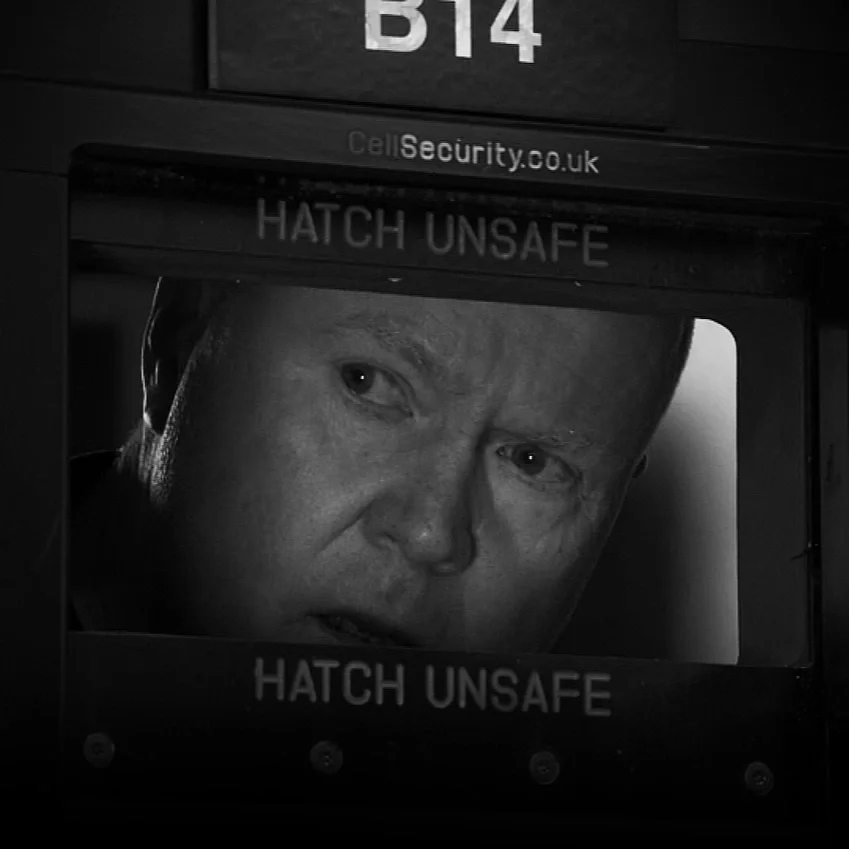The Fog Is the Feature: Finding Opportunity in Cultures of Ambiguity
It begins, more often than not, with a shrug.
A question half-answered. A strategy sketchy at best. A backlog with no story. Leadership nodding in opposite directions. Everyone vaguely aligned in the way that tectonic plates are vaguely aligned. Until they slip. Product managers are not born into clarity; we inherit confusion. We enter at the middle of the story, with no prologue and too many endings already written. And yet it is here, in this ambient disarray, that our real work begins. Not despite the ambiguity, but because of it.
In product management, ambiguity is not an impediment. It is a habitat. A living, shifting ecology of half-formed ideas, unrealized value, latent potential, and human hesitation. Most will flinch. Some will wait it out. A few will flee. But the best product managers do something else entirely. They recognize that ambiguity is not a barrier to opportunity; it is its soil. It is the fog from which the path must be carved. The room into which the light must be let.
At first glance, this might feel counterintuitive. Product culture lionizes clarity. Roadmaps, OKRs, success metrics, North Stars. We fetishize frameworks, cultivate alignment, and preach velocity like a sacrament. But those artifacts are not the work. They are the residue of work. The scaffolding we leave behind after we’ve dug through the dark. We confuse the signs of clarity for clarity itself. And in doing so, we grow impatient with its absence, blind to the truth that in every culture of ambiguity there is a surplus of possibility, waiting to be shaped.
Ambiguity shows up in different guises. A platform no one owns. A team with three bosses. A market we don’t yet understand. A KPI that sounds good but signals nothing. A leadership offsite where someone says ‘AI’ but no one says what for. If this sounds familiar, it should. Ambiguity is not rare. It’s routine. And its persistence is not a sign of dysfunction, but of evolution. It is what systems feel like when they are growing faster than they are governing. The ambiguity is not the absence of decision. It is a precondition for discovery.
And this is where the product manager earns their keep. Not by demanding clarity from above, but by generating it from within. Not by waiting for certainty, but by choosing direction. Not by solving everything, but by naming something. A team drowning in ambiguity does not need a hero. It needs a mapmaker. Someone who starts with the blank parchment and traces the first line. Someone who knows that in a fog, you don’t move faster, you move smarter. You hold a compass, not a stopwatch.
In these moments, value accrues to those who ask better questions. Not ‘what do we build,’ but ‘what problem are we not seeing?’ Less ‘what’s the right KPI,’ but ‘what would signal progress if we saw it tomorrow?’ The great fallacy of ambiguous cultures is that they are disorganized. In truth, they are over-organized in hidden ways. By legacy decisions, buried power structures, unspoken incentives, and tacit fears. Your job is not just to sort the mess. It is to surface the rules of the maze.
Doing this well requires a shift in posture. Away from control and toward curiosity. Away from rigidity and toward resonance. It’s less about asserting vision and more about absorbing signal. A good product manager listens until the pattern whispers. Watches the team until the bottleneck becomes obvious. Sits in meetings like a geologist reads the strata. Where did this sediment come from? Who laid it down? What pressure is building?
And then, after the listening, the defining. The delicate art of naming the ambiguous not as flaw, but as field. Every culture has its blind spots. Your job is to render them legible. To hold up the mirror and say: this is where we are unclear, and here is where we might begin. Definition is not a constraint. It is an invitation. Done well, it catalyzes energy. It gives shape to hunches. It transforms uncertainty from a void into a velocity.
This is how abundance appears. Not in the place of ambiguity, but inside it. That unclear backlog? It's an invitation to reframe priorities around user need, not executive nostalgia. That vague AI initiative? It’s a chance to shift from buzzword to benefit, to ask what new signals might be meaningful if we listened differently. That incoherent product vision? It's an opportunity to convene, cohere, and co-author something durable together.
Clarity is not a lightning strike. It is a practice. A daily act of choosing what matters and articulating it well. It is the slow, rigorous work of creating common meaning. And in cultures of ambiguity, it is the most generous thing you can offer. Because clarity is not just about understanding. It is about trust. It’s what happens when people know that someone is paying attention, connecting the dots, and gently, persistently, illuminating the path.
But this work can’t be done alone. Product managers thrive when they treat ambiguity not as a personal burden but as a shared frontier. Invite your teams into the unknown. Make ambiguity safe to speak about. Design spaces where questions outrank assumptions. Resist the false comfort of premature certainty. And remember: you are not here to have the answer. You are here to create the conditions where better answers can emerge.
The cultures that will win are not the ones that pretend to know. They are the ones that build the muscles to navigate not-knowing. To prototype, iterate, test, revise, and try again. To build not in the shadow of risk, but in the light of resilience. And that light begins with how you show up in the murk. Do you freeze? Do you perform? Or do you anchor? Listening, mapping, and defining with humility, precision, and care?
If the fog won’t lift, be the one who lights the lantern.
This is the abundance. This is the work.




















